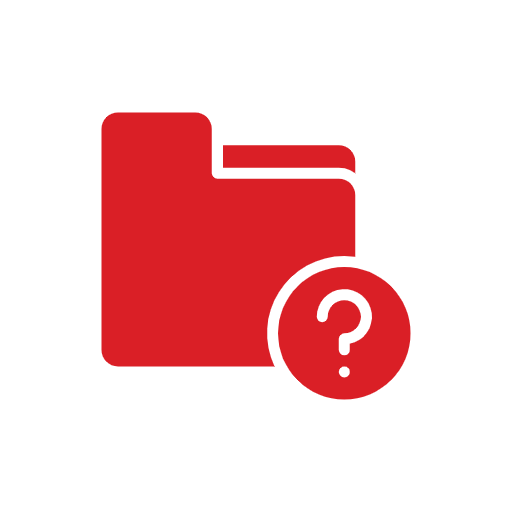Data can be scary! Sometimes when we see numbers, we understand their implications--like a decreased budget. When we don't know what the numbers mean, that can also be concerning. If you've ever had your doctor explain what a certain lab result means, you might already be familiar with that uncomfortable, confusing feeling.
What can be even worse is when you can't get those numbers to begin with. What if you found a new food at the grocery store and brought it home, only to discover there was a big blank spot where the ingredient list should be? If you have any allergies or dietary restrictions, you probably wouldn't want to eat that food.
Sometimes, though, you don't have much of a choice in the issue. Various organizations, including state agencies and other entities, sometimes don't collect data, or don't readily make it available for the researchers, program coordinators, and the public in general.
The table below shows some concerning gaps in the data. As you can see, we have statistics at the state level on the race(s) of youth who are offered diversion and enroll. But we don't actually know how many youth are stopped by law enforcement to begin with, or how many are taken into temporary custody. If we did have clear numbers, what sort of story would they tell? How could we use that information to better serve our communities?
In the upcoming month you may be asked to look at the data in your community needs assessment. If you do not get good data, it will be hard to tell what your community really needs. As we begin the planning process, consider what data is missing, and how we may able to get the data we need to help create better outcomes for the youth we work with.


